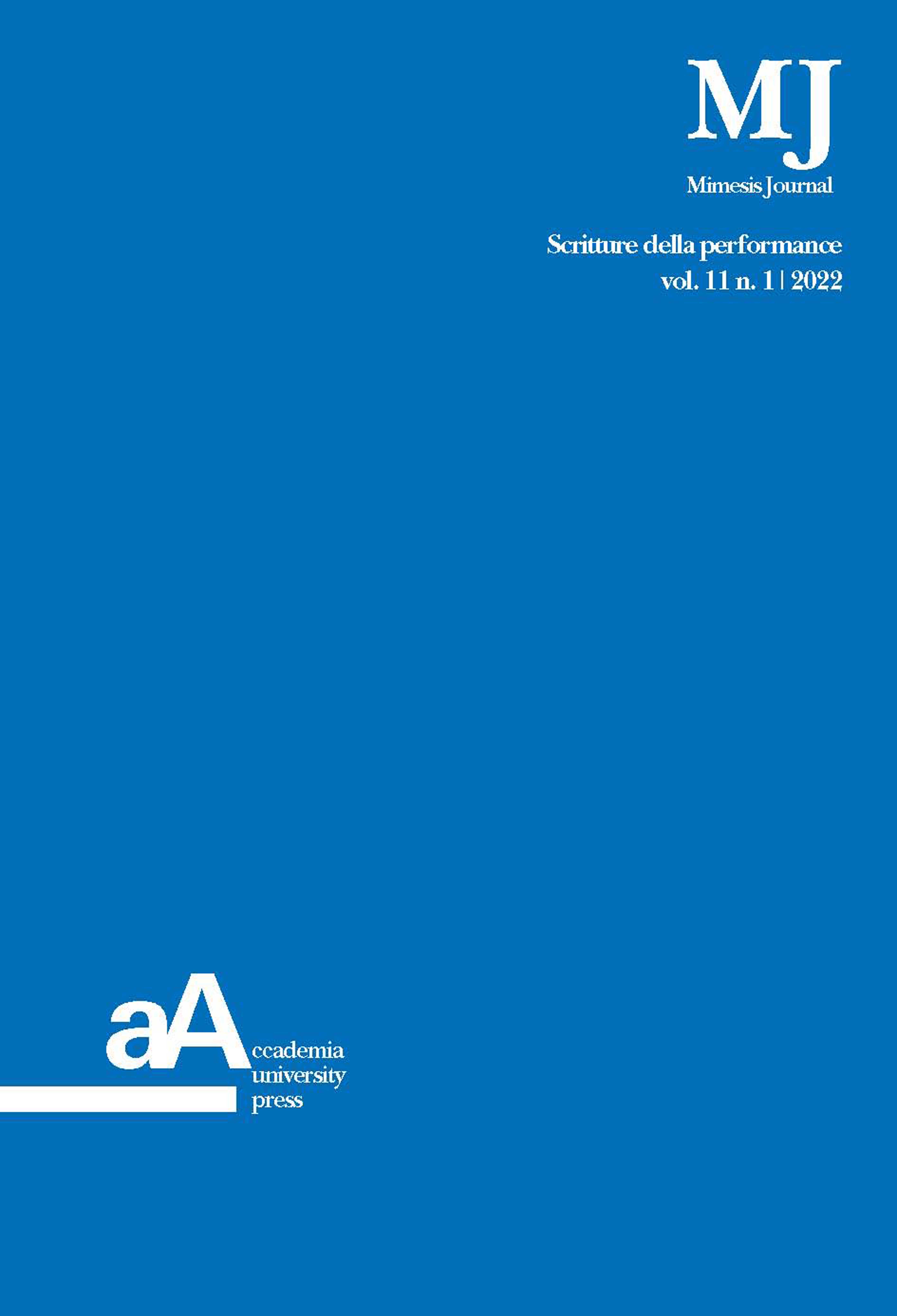Un teatro di Marte possibile?
L’enorme fabbrica degli Ultimi giorni dell’umanità
DOI:
https://doi.org/10.4000/mimesis.2445Parole chiave:
architettura industriale, Lingotto, Luca Ronconi, Daniele Spisa, Karl KrausAbstract
Il 29 novembre 1990 l’ex Sala Presse del Lingotto di Torino si anima di aristocratici, borghesi e militari viennesi, trasportati su carrelli mobili lungo le navate che delimitano lo spazio scenico degli Ultimi giorni dell’umanità. Trent’anni dopo lo storico debutto, lo spettacolo può dirsi una pietra miliare nel panorama teatrale italiano del Secondo Novecento. Questo contributo intende indagare gli aspetti scenografici dello spettacolo, in relazione all’insieme delle regie di Luca Ronconi condotte in spazi scenici extra-teatrali. Ad affiancare il regista nell’ideazione dell’impianto scenico è Daniele Spisa, che con questo spettacolo firma la prima scenografia della sua carriera. Le macchine tipografiche circondano fin dal principio attori e pubblico, quasi a voler inscenare un mystère, un pellegrinaggio salvifico tra i pilastri di un’antica chiesa sconsacrata, dove la fabbrica bellica prende il posto della bocca dell’inferno e la “stampa” diventa il tabernacolo di una società che volge al tramonto. All’interno dell’architettura industriale del Lingotto, le situazioni e le centinaia di personaggi raccontati da Kraus prendono vita attraverso l’incessante scorrere delle scene su binari costruiti appositamente per la rappresentazione, evocando la molteplicità delle ambientazioni del dramma.


